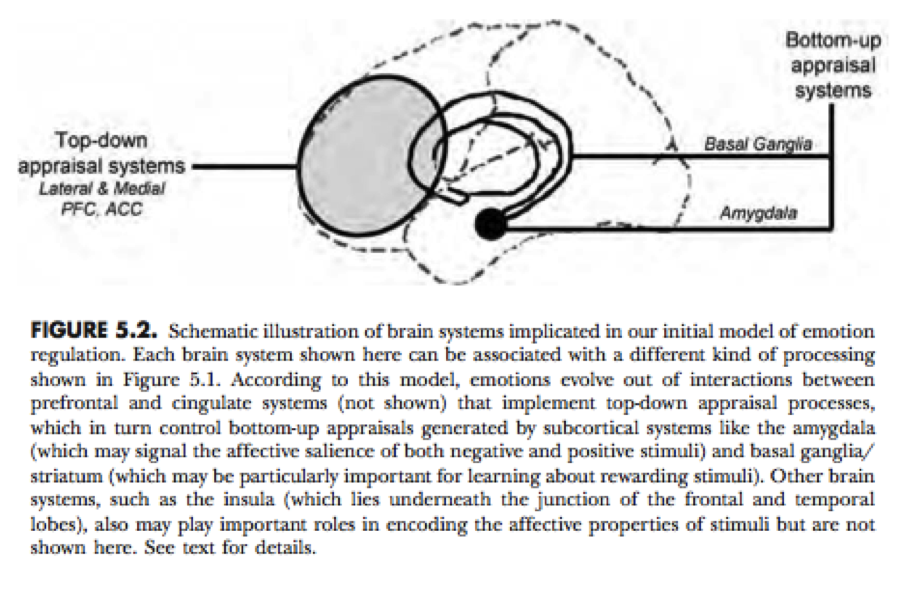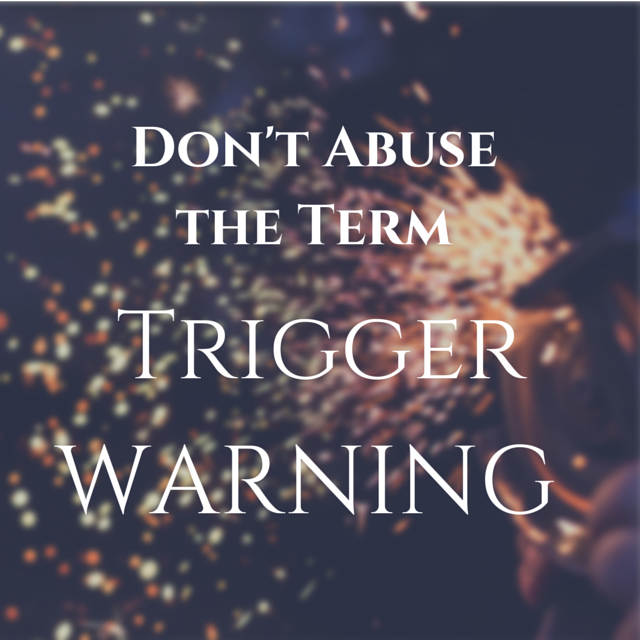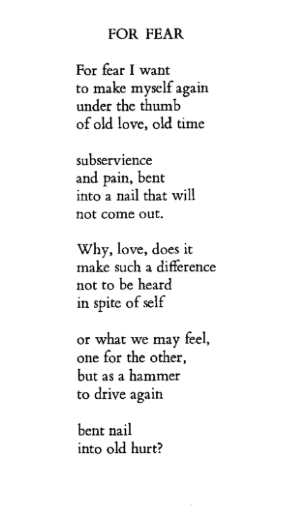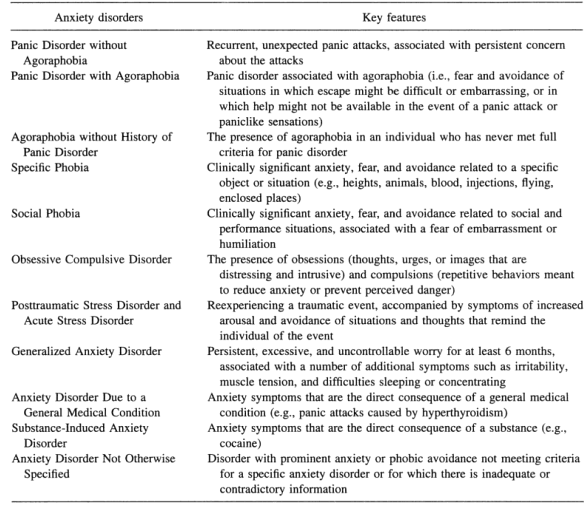Over a century ago, Ivan Pavlov published his infamous volume, which we are all familiar with through “Pavlov’s dogs,” The Work of the Digestive Glands. Building on this study, Pavlov spent his life trying to understand how, while functioning as essentially biological machines, our bodies process the external world – distinctively external to the bodily machine – and are effected by external stimuli. “For example, although food, through its chemical and physical properties, when placed in the mouth evokes the flow of saliva—this is the primary inborn reflex—at the same time the sight, odor or sound of food may release the same response. It is to these signalizing reflexes that Professor Pavlov has given the name conditioned reflexes to distinguish them from the inherited or unconditioned reflexes.”[1] There was confusion about how to explain the relationship between these two reflexes, a problem with a twin in philosophy, often termed “the mind-body problem,” or “philosophy of mind.”[2]
Only recently, neurologists Kevin N. Oschner and James J. Gross sought to explore the same question, but with almost a century of neuroscience on Pavlov. Oschner and Gross juxtapose two approaches to the relationship between conditioned and unconditioned reflexes through an everyday example: emotion and neurology (your feelings and your brain).
The two approaches are:
- The Bottom-Up Approach emphasizes affective stimuli in the brain as the source of emotions, and other higher-end cognitive processes are understood as secondary, derivative aspects of emotions, which are at base simply stimulated neural correlates.
- The Top-Down Approach begins with a person’s higher-end cognitive functions, which means that the scientist of emotions must begin with man’s interpretative procedures of the world around him, and only derivatively treat emotions as a secondary, responsive mechanism to these higher-level neural phenomena.
In terms of neurology, the two approaches may be charted this way:[3]
 Oschner and Gross seek to integrate Bottom-Up and Top-Down approaches by associating the Bottom-Up Approach (starting with affective, emotional neural organs) with emotion generation, and the Top-Down Approach (starting with appraising, interpretative organs) with emotion regulation. The authors explain,
Oschner and Gross seek to integrate Bottom-Up and Top-Down approaches by associating the Bottom-Up Approach (starting with affective, emotional neural organs) with emotion generation, and the Top-Down Approach (starting with appraising, interpretative organs) with emotion regulation. The authors explain,
In contrast to controlled generation, which concerns the initiation of an emotional response in the absence of affective cues, controlled regulation refers to the use of higher cognitive processes to alter or change a response triggered by a stimulus with innate or acquired emotional properties. Broadly speaking, higher cognitive processes may be used to regulate emotion in two ways—by either (1) using top-down processes to change the way one mentally describes a stimulus, which leads appraisal systems to respond to this new description, or (2) directly experiencing a change in the emotional outcomes associated with an action or stimulus event and subsequently using top-down processes to update these predictive relationships. In both cases, top-down processes change the way in which one represents the relationship between a stimulus and one’s emotional response to it.[4]
Oschner and Gross make some interesting practical applications:
One important extension of our heuristic framework for understanding the normative functional architecture for emotion control is to clinical populations suffering from various kinds of emotional disorders. More than half of the clinical disorders described in DSM-IV are characterized by emotion dysregulation. What is more, resting metabolic and structural imaging studies have suggested abnormalities in emotional appraisal and cognitive control systems in numerous disorders, ranging from depression and anxiety to posttraumatic stress disorder and sociopathy. . .
Each of these disorders may be characterized as reflecting an imbalance, or dysregulation, of interactions between bottom-up and top-down processes involved in emotion control. For example, resting brain metabolic studies of depressed individuals often show relative hyper activation of the amygdala and hypoactivation of left prefrontal cortex. . . . Strikingly, this pattern is the opposite of the pattern of brain activation shown when normal participants effectively downregulate[5] negative emotion using reappraisal[6] . . . Future work may determine whether depression reflects an increased strength of bottom-up negative responses, weakened capacity to regulate these responses top down, or some combination of the two.”[7]
Can Theology Help?
Is it any surprise that scientists cannot (1) explain whether internal or external stimuli influence neurology, and (2) why external stimuli coordinate in a 1:1 way with internal neural capacities? For, when we are confronted with the world – when we experience external stimuli – we do not merely experience things, but the person of God himself, “For his invisible attributes, namely, his eternal power and divine nature, have been clearly perceived, ever since the creation of the world, in the things that have been made” (Rom. 1:20). And also, the divine investiture of being in his image includes the ability to refer to the external world on the basis of that “clear perception” (Gen. 2:19).
Calvin might say, “Nearly all the wisdom which we possess, that is to say, true and sound wisdom, consists of two parts: the knowledge of God and of ourselves. But, while joined by many bonds, which one precedes and brings forth the other is not easy to discern.”[8] Cornelius Van Til comments on this passage from Calvin, “. . . the knowledge of self and the knowledge of God is . . . included in one act of thought.”[9] It is no wonder, then, that neurologists cannot classify, in terms of physiology, which comes first – the external or the internal. Perhaps theology declares, even of the internal and external aspects of of man’s psychology: “equally ultimate” (a declaration that seems to be supported by Oschner and Gross’s theory).[10] Therefore, whether suffering comes from either end – internal (neurological malfunction, emotional dysregulation, etc.) or external (broken relationships, loss, etc.) – we know that the personal God who sustains our most basic cognitive and emotional capacities (Heb 1:3) is present with his guiding and holding hand on our lives, on our bodies, and on our experiences (Psalm 139:10).
[1] Franklin Fearing, Review of Conditional Reflexes. An Investigation of the Physiological Activity of the Cerebral Cortex. By I. P. Pavlov. Translated and edited by G. V. Anrep Oxford University Press, Oxford 1927,” Journal of the American Institute of Criminal Law and Criminology 20, no. 1 (May, 1929): 153 [153-155].
[2] See Thomas Nagel, Mind and Cosmos: Why the Materialist neo-Darwinian Conception of Nature is Almost Certainly False (New York: Oxford University Press, 2012),
[3] Kevin N. Oschner and James J. Gross, “The Neural Architecture of Emotion Regulation,” in Handbook of Emotion Regulation, ed. James J. Gross (New York: Guilford Press, 2007), 92.
[4] Ibid., 97-98.
[5] By “downregulate,” the authors refer to the process of moving emotions from hyperactivity (e.g., anxiety) to an equilibrium (e.g., of valid concern and emotional homeostasis).
[6] By “reappraisal,” the authors simply refer to the process of reinterpreting your situation in order to achieve a more positive outlook, and therefore a better emotional response, to external stimuli.
[7] Oschner and Gross, “Neural Architecture,” 104.
[8] Calvin, Institutes, I, i, 2. Lane Tipton notes Dowey’ observation that the 1560 French edition of the Institutes makes this even clearer: “in knowing God each of us also knows himself” The Knowledge of God in Calvin’s Theology (Grand Rapids, Michigan: Eerdmans, 1994), 18. Cited in Lane G. Tipton, “The Triune Personal God: Trinitarian Theology in the Thought of Cornelius Van Til,” (Unpublished Doctoral Dissertaiton, Completed at Wesmtinster Theological Seminary, 2004), 153.
[9] Cornelius Van Til, Survey of Christian Epistemology (Phillipsburgh, NJ: P&R, 1961), 99
[10] For a defense of this equal ultimate anthropology in terms of human relationships, see Ben Dunson, Individual and Community in Paul’s Letter to the Romans Wissenschaftliche Untersuchungen zum Neuen Testament 2, Reihe 332 (Tübingen: Mohr Siebeck, 2012).











